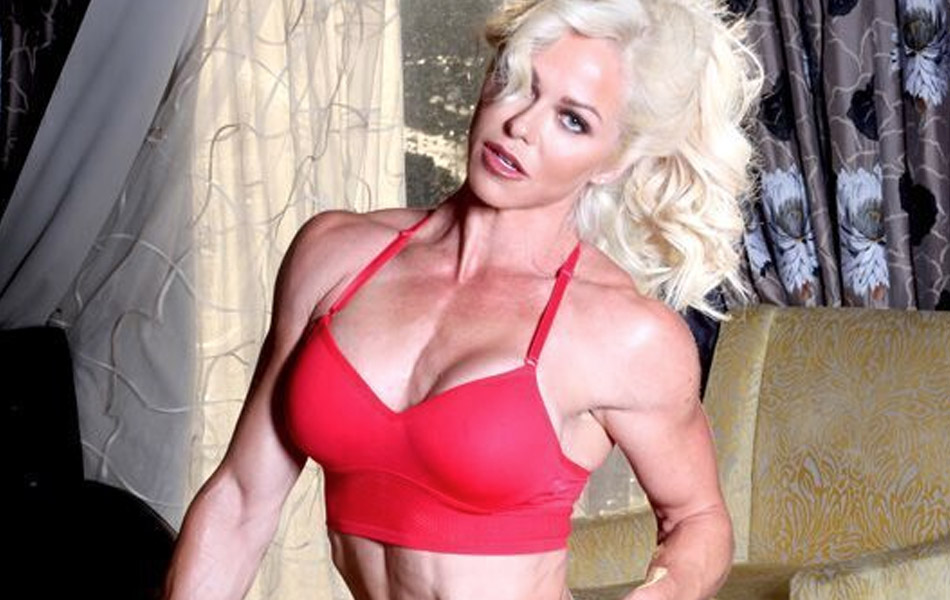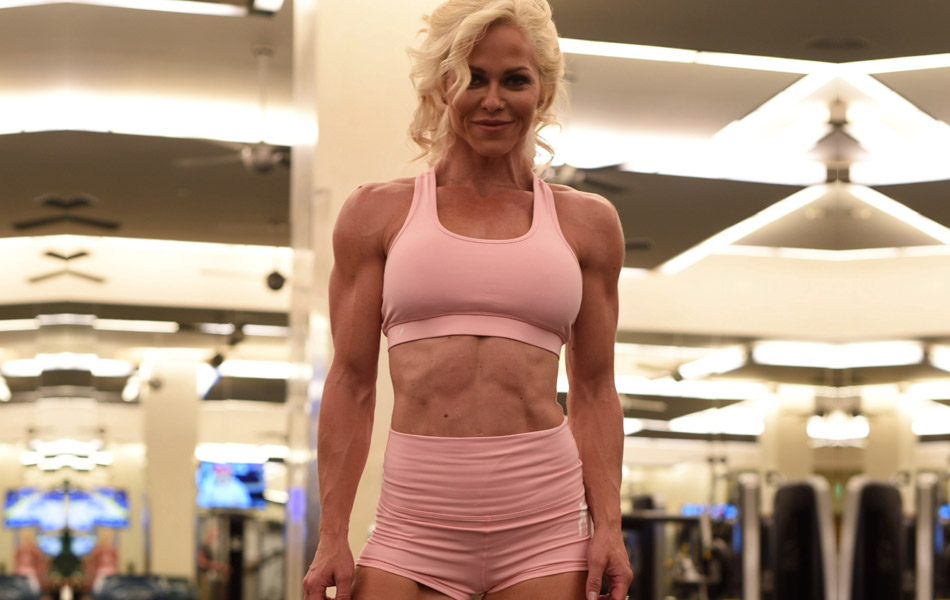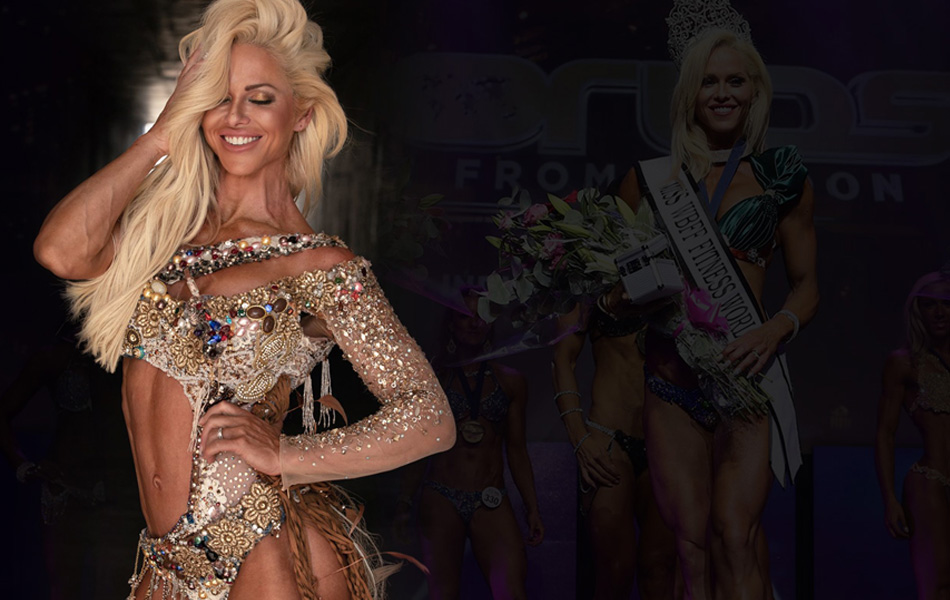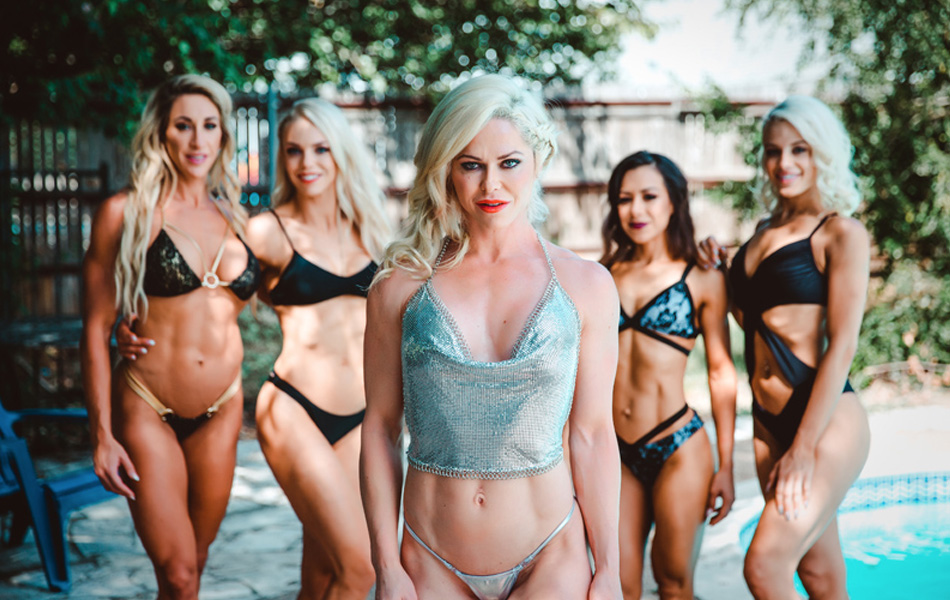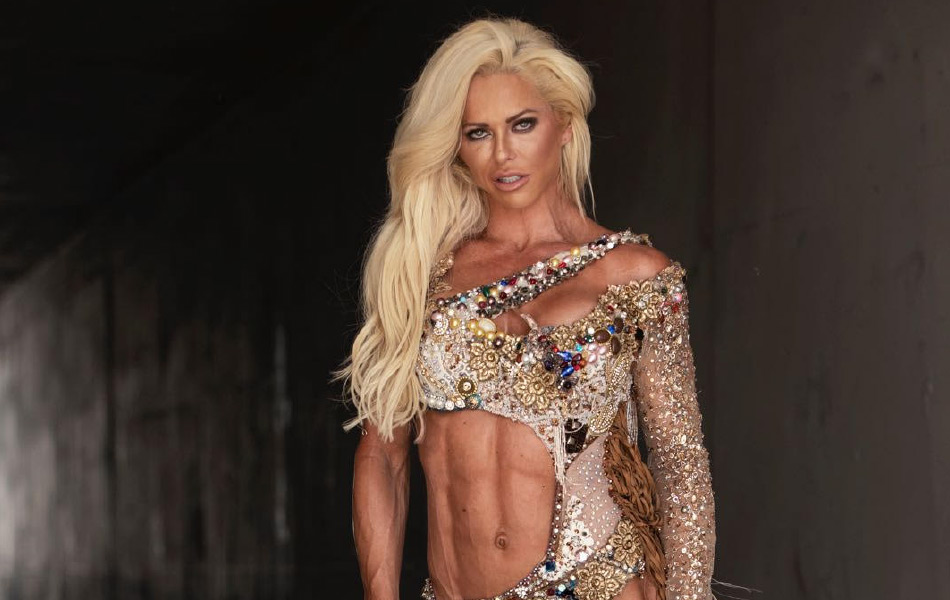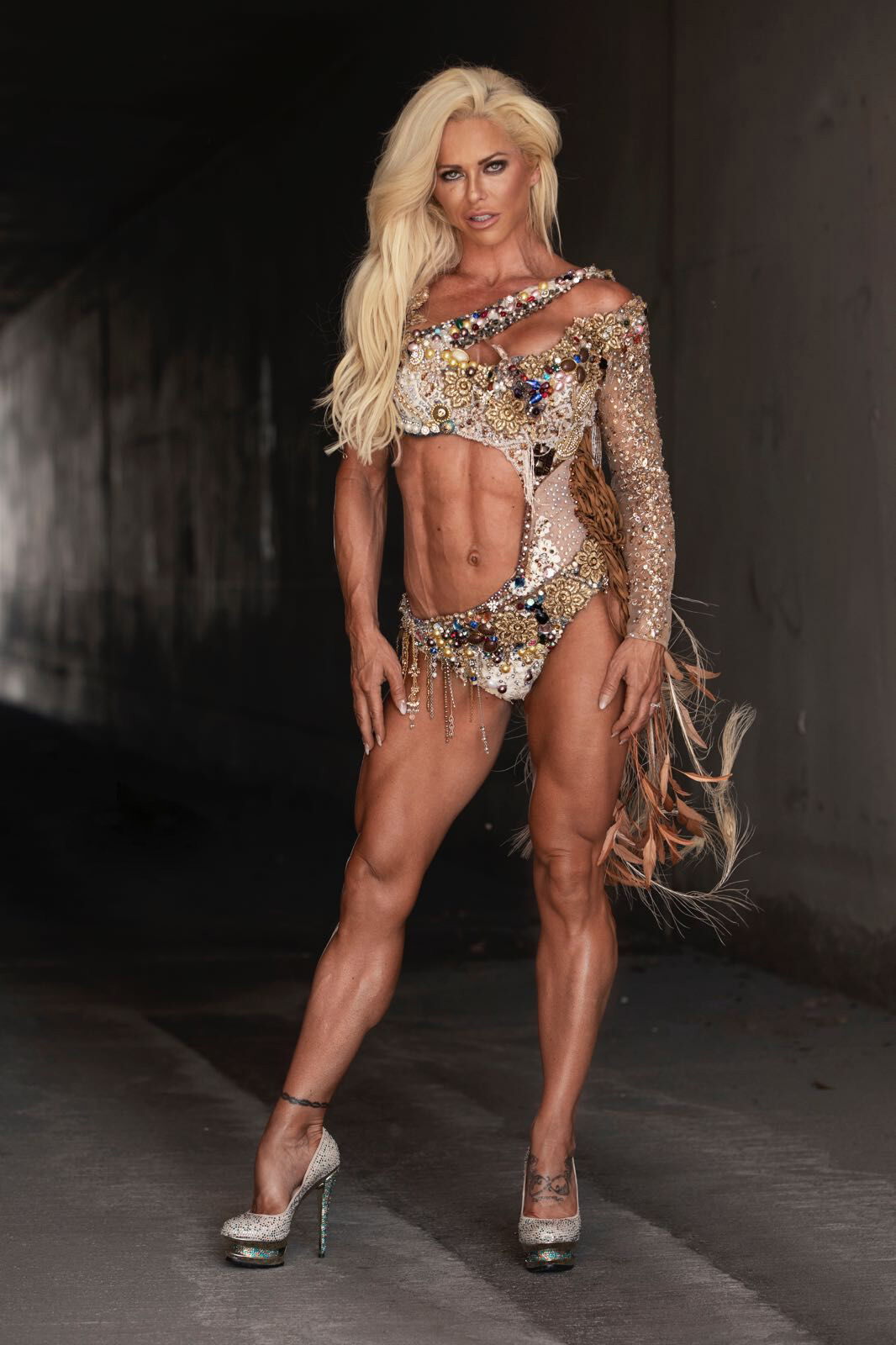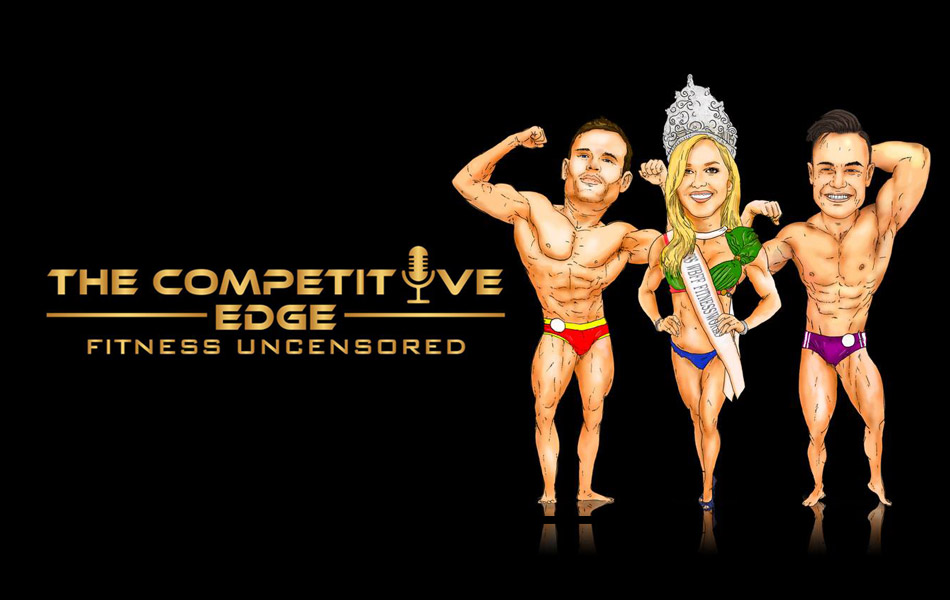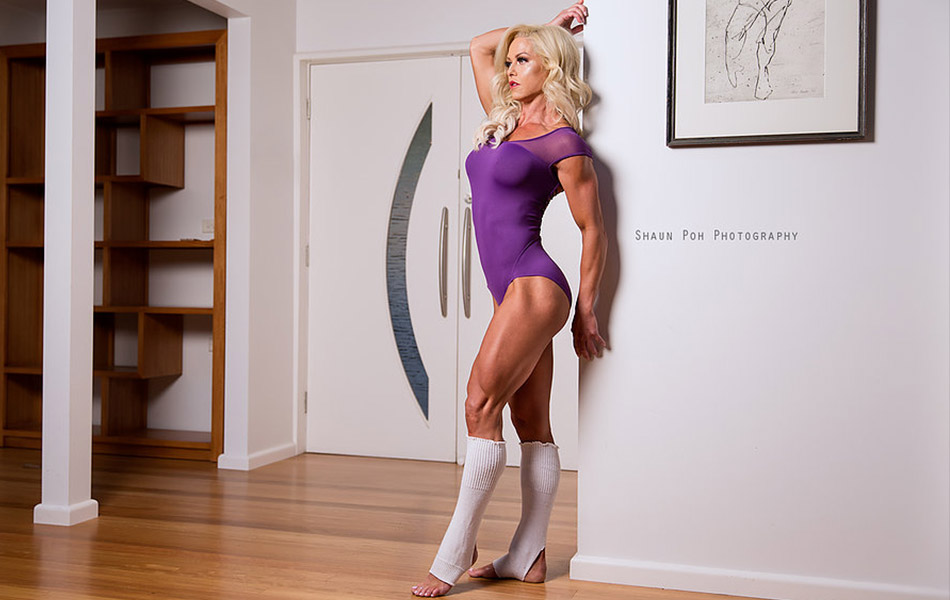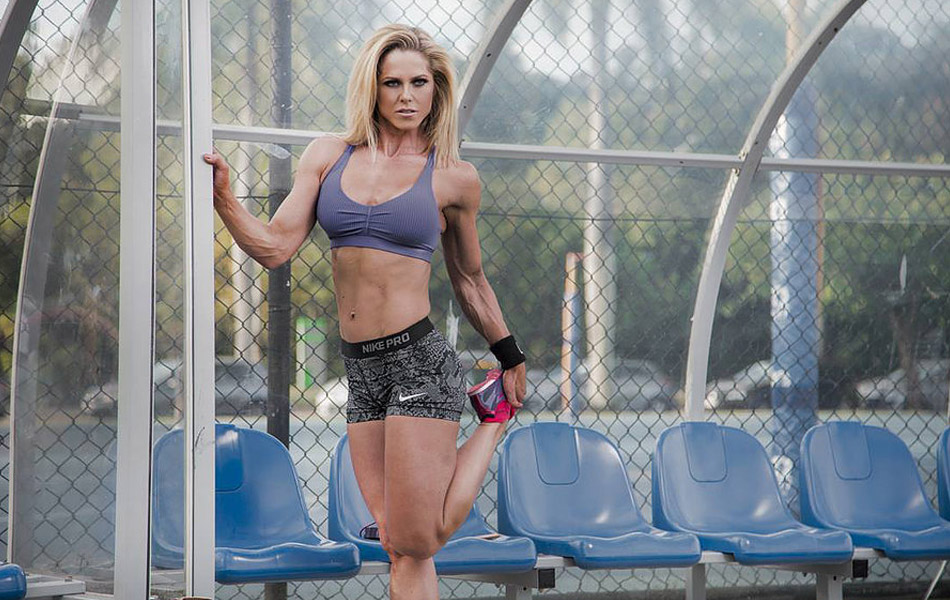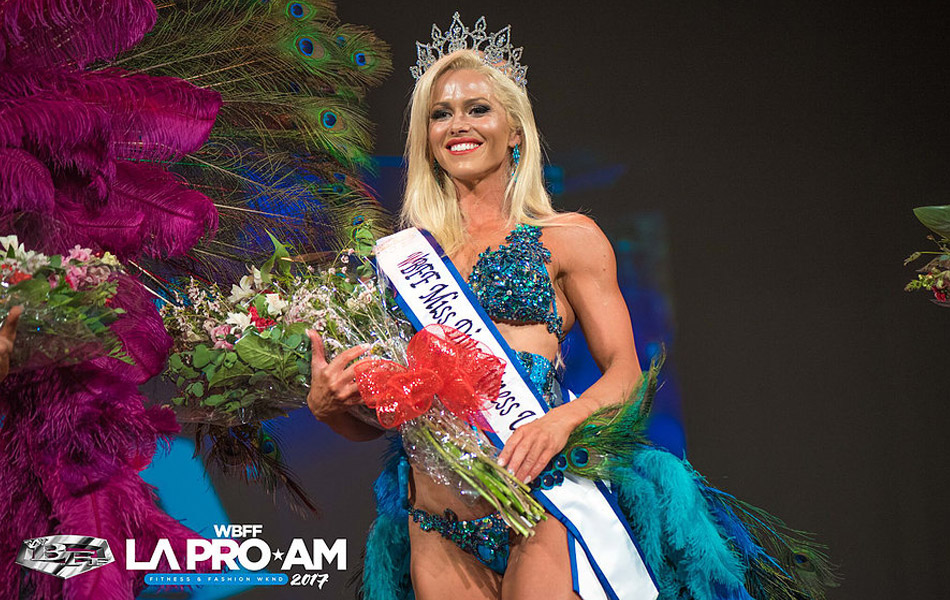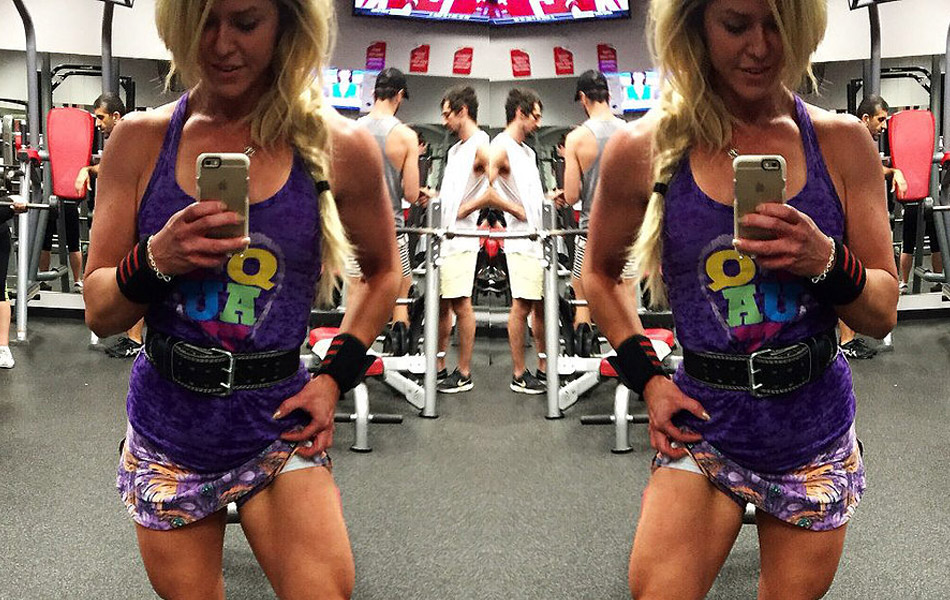How Important is the Healthy Breakfast?

Three reasons why eating a healthy breakfast will help you transform your day!
Hey Angels, it’s Ally!
I got this question by e-mail recently and decided I should go a little in-depth…
One, so I could answer the question entirely, and two, so I could address this topic in front of all the people who go to the gym, yet skip breakfast every morning.
Have you ever heard the saying “the breakfast is the most important meal of the day”?
Of course you have, everybody has, but I today I want to answer the question “why”.
Why is breakfast so important?
Now… by the time breakfast rolls around, you’ve probably spent the last 6 to 10 hours in your comfy bed while your body has been using up all its precious resources.
This means that the first meal of the day is supposed to replenish these resources and give you an energetic jump-start you can use to attack the day!
Aside from giving you the energy to be productive and focus on your tasks, the proper breakfast also speeds up your metabolism and helps you burn more calories throughout the day.
Which means skipping it can throw off your body’s rhythm of fasting and eating.
And that’s a no-no!
When you wake up, your blood sugar is usually low, but your body needs it to make your muscles and brain work at their best.
I get it – many people skip the morning meal because they’re in a rush to get to where they need to be.
But let me tell you why those extra minutes aren’t worth it.
Here are the three reasons why breakfast is the most important meal of the day:
1. Energy Throughout the Day!
Breakfast is not only the most important meal but also the most often skipped – and that’s a shame!
The only reliable way to get the energy you need to dominate your day is to eat a morning meal packed of healthy nutrients.
When we wake up in the morning, our glucose stores are low, which means we have low energy. We need food to fuel ourselves up, and pancakes and burgers won’t do the job. What our bodies need in the morning is a meal that includes each of the three macronutrients: protein, healthy fats, and complex carbohydrates.
The protein will provide us with sustainable energy because it takes longer to digest than carbohydrates. It would be best if you choose lean, low-fat, and nutritious foods such as eggs (or egg whites for those who watch their fat and cholesterol intake), peanut butter, and low-fat or fat-free dairy.
Fats are equally important, as long as you stick to good fats and avoid the unhealthy ones. Try to eat mono and polyunsaturated fats and avoid saturated (or worse, trans fats). You can sprinkle chopped almonds or walnuts over low-fat yoghurt or oatmeal. Also, use olive or canola oil in the pan when making eggs. Another alternative is low-fat milk and cheese.
Let’s not forget about carbohydrates. Every cell in our body relies on glucose for fuel, especially our brain cells. Carbohydrates provide quick fuel in the form of glucose so your cells can function properly. You can provide your body with carbohydrates in many ways!
Simple carbs include fructose, galactose, glucose and sucrose which are easily digestible and converted to energy. You can get these from foods like fruits, vegetables, and packaged foods which have added sugar. Regardless of what type of sugar you ingest, your body will convert it to glucose, and it will enter your cells to meet your body’s energy needs!
However, keep in mind that surpassing your daily sugar intake will force your body to store it as fat, resulting in weight gain. It’s not necessarily wrong to eat sugar in the morning, it all comes down to the quantity.
2. Concentration and Focus!
The calories you take in the morning provide resources that your brain uses throughout the day which elevates your short-term memory. However, according to the “Journal of Adolescent Health”, eating too many calories in the morning could harm your ability to concentrate.
Eating a heavy meal could leave you feeling drowsy and sluggish, making it more difficult to focus and remember important things. However, a meal which is too light in calories won’t provide your brain with enough fuel to function properly.
It would be best if you aim to take between 350 and 500 calories from your breakfast for the most benefit when trying to improve your learning retention and sharpening your focus.
The perfect morning meal should include a healthy mix of complex carbohydrates, protein and fat. This mix of nutrients will increase your memory and allow your brain to get the energy it needs to focus.
Carbohydrates are essential in the morning because they have the biggest impact on your long-term memory!
A research conducted by the University of Toronto found out that eating a carbohydrate-rich breakfast increases performance on short and long-term memory tests among participants, regardless of whether or not they were active gym-goers.
3. Impact on Weight and Gym Performance!
One of the easiest and simplest ways to lose weight and fat is by eating breakfast!
Studies show that by eating a substantial meal in the morning and reducing your caloric intake at night (also known as front-loading), you may be able to lose more weight than by doing the reverse.
That’s because your body follows a daily cycle, usually divided into two 12-hour periods, which are dictated by daytime and nighttime.
Your body naturally uses its resources more efficiently in the morning than it does in the evening. This is known as your circadian rhythm or “internal clock”.
Eating breakfast helps your body work in its natural rhythm which supports your weight loss goals and improves your performance in the gym.
You may think that skipping breakfast will reduce your caloric intake, but researchers say otherwise. Skipping your morning meal makes you more prone to overeat later in the day, often leading to weight gain.
Nutritionists agree that eating breakfast is a great strategy to help you avoid overcompensating with high-calorie, less nutritious options later in the day!
Conclusion
So, did you change your mind about breakfast?
It’s a fact – having a healthy first meal in the morning is essential when you want to live a healthier, energetic, more productive life.
If you’re in a rush in the mornings, prepare your breakfast the night before or simply make one which is quick and easy – such as. Things such as eggs and oatmeal are a fast and healthy option that will get you energetic, focused, and full – at least until lunchtime!
Remember, having a small breakfast is always better than skipping it.
Talk to you soon,
Ally

